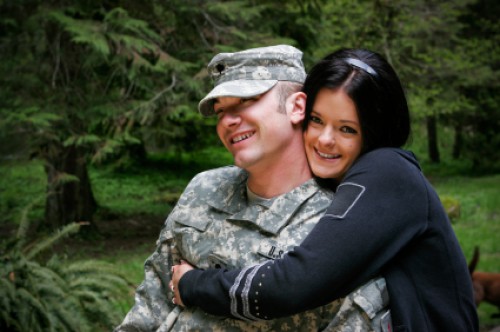A person cannot prevail in a liability lawsuit against your business or you personally unless he or she can convince the judge, jury or other adjudicator that you breached your legal duty to that person. Examples of such duties include:
- Making a reasonable effort to maintain a safe environment for the public
- Refraining from slander
- Warning about an unsafe condition or product
- Investigating an employee's complaint of civil rights discrimination
In general, to reduce liability risks, you must behave lawfully and with demonstrable responsibility for the welfare of third parties which is a group that includes your clients or customers, competitors, and the general public. Additionally, you must obey a variety of civil rights laws and other laws that give rights to your employees (if you meet the criteria of a covered business).
If you can provide evidence that you took your responsibility seriously and made reasonable efforts to prevent harm to others, you are much less likely to be found liable. Evidence can be in a variety of forms, depending on the nature of the liability risk. A few examples are:
- Copies of communications with your customers or employees about safety and risk
- Records of your efforts to verify that someone you hired was not a risk to others
- Testimony that you provided warning signs or other warning signals regarding a hazardous condition on your property
- Evidence from other professionals in your field that the decisions you made and actions you took were consistent with acceptable professional standards
- Records that your equipment was regularly serviced by knowledgeable technicians
Notice that in most of these examples, some form of written record is involved. Documenting your efforts to behave lawfully can be vital to proving that you are not liable.
For almost any type of venture, you may find extensive and specific information on reducing liability risk exposures from your insurance agent and insurance company, trade association, and the Internet. Briefly discussed here are some areas of concern that apply to many types of business. They include the following.
- Slip and Fall Accidents
- Employment Practices Liability
- Hiring Practices and Liability Avoidance
Slip and Fall Accidents - These are one of the most common liability risks. Thousands of people are injured every year (some very seriously) in slip and fall accidents on business premises.
Employee training is critical to reducing your slip and fall loss exposure. All employees who are likely to be around third parties on your premises should be trained about what to do should someone suffer a fall. Medical care should be quickly provided to the injured person even if that means calling an ambulance. People who feel they were treated callously or indifferently are more likely to sue.
Elimination of slip and fall hazards should be a periodic scheduled activity. It may be helpful to use a checklist for this. Considerations for indoor areas include:
- Lighting: All areas should be adequately lighted, including hallways and stairs.
- Exits: Exits should be well marked, well lighted, and clear of obstacles.
- Stairs: Handrails, steps and landings should be in good condition. Stair treads should be constructed of uniform height and width.
- Housekeeping: General housekeeping should be maintained and storage areas kept neat.
- Carpeting: Carpeting should be tight and smooth.
- Floors: Any changes in floor level should be clearly marked.
- Doormats: Doormats should be flat, slip resistant, cleaned, and checked regularly in bad weather.
- Spills: There should be an effective procedure to assure that all spills are immediately cleaned up.
Considerations for outdoor areas include:
- Walkways: Walkways should be kept in good condition.
- Lighting: Lighting should be adequate.
- Parking lot: Potholes, cracks, or uneven areas should be repaired.
- Ice and snow: There should be an effective procedure for assuring ice and snow are removed.
If there are treacherous areas, such as an uneven area of the sidewalk or a ripped carpet, consider marking them as such, using signs to warn people away and putting up barriers around them.
Employment Practices Liability - Federal law restricts employment decisions based on race and national origin, religion and creed, gender, age and disability. The restrictions on race, religion, gender, and disability apply to businesses with 15 or more employees. The restrictions on age apply to businesses with 20 or more employees. An employee who feels discriminated against might sue making such charges as extreme emotional distress or wrongful termination. It is not a defense in such cases to say you didn't know your actions were unlawful.
Larger employers typically provide formal training to management and employees on compliance with civil rights laws. As a smaller organization, you may feel you cannot afford the time or money for such programs. There are many lower cost ways of carrying out this training. The Equal Employment Opportunity Commission (EEOC), for one, has low cost materials just for small businesses.
Hiring Practices and Liability Avoidance - Immature, careless and irresponsible people are much more likely to engage in risky behaviors, from reckless driving, to sexual harassment, to cutting corners on safety rules, to stealing from their employers. Similarly, people who have drug and alcohol addictions are liable to present a variety of workplace dangers. The first step in cutting down on your liability exposure is to be as careful and thorough as possible about whom you hire. Failure to use a reasonable screening process for new hires could even expose you to negligent hiring liability.
Clear job descriptions and workplace rules, disseminated to all employees and applied consistently and without favoritism, can be a tremendous help in minimizing the risk of unacceptable behavior.











